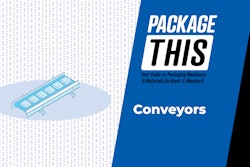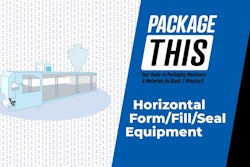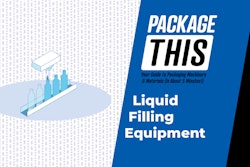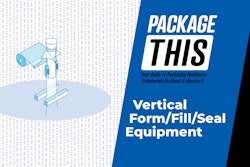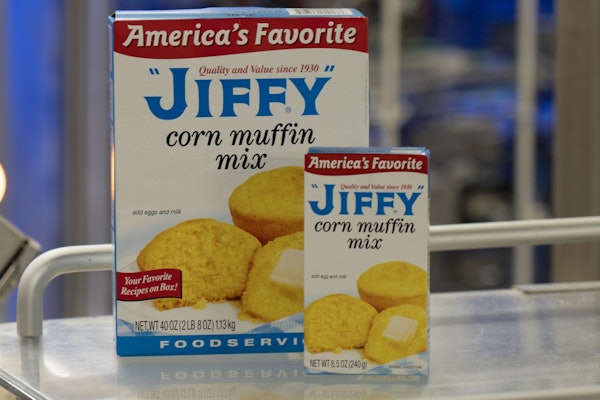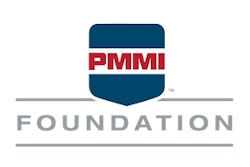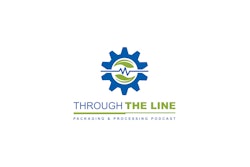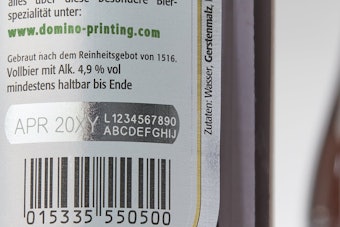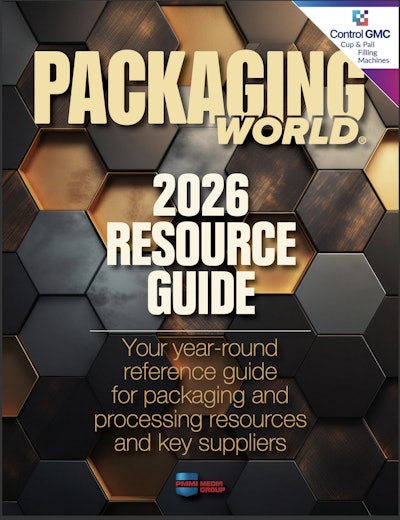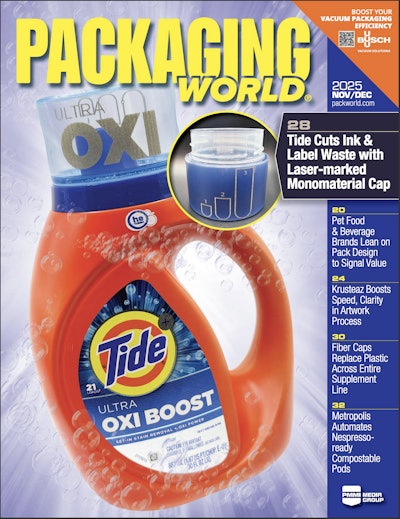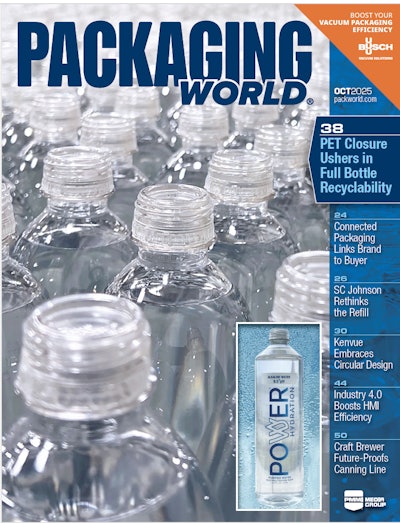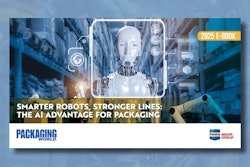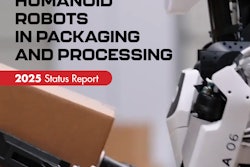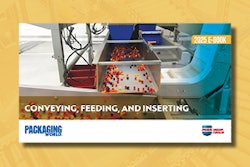Sustainability—in the environmental sense—continues to be a hot topic at conferences and trade shows. But in addition to environmental sustainability, I keep being reminded that sustainability in our supply chains goes far beyond environmental and packaging materials considerations.
By supply chain sustainability, I mean keeping our supply chains in good shape. But when we factor in workforce challenges that have existed since the pandemic, it becomes clear that threats to the supply chain can come from multiple sources. In my opinion, this puts contract manufacturers (co-mans) and contract packagers (co-packers) in a tricky spot between opportunity and risk.
Here's what can happen
Here’s an example of such a situation. A co-man I know well recently shared an experience. After a year of productive conversations with a large brand owner, his team worked at risk to develop six product SKUs to suit the brand owner. Just when they were about to finalize the paperwork to start ordering materials for production, the brand owner canceled the project.
Why the sudden change in direction? The brand owner switched buyers for their co-manufactured products. The new buyer, likely with a new set of sourcing criteria, deemed the quoted costs too high for the products my friend developed.
Meanwhile, based on productive and forward-looking conversations with the previous buyer, my friend was on the verge of committing to a new facility lease at a new location with new line layouts. All of this was to support the acquired new business.
Here's the really bad part: after notifying my friend that they were canceling the project, the brand owner was unwilling to compensate my friend’s business for their development time, trial time, or even for third-party testing and other services the co-man employed in pursuit of the brand owner’s business. It’s worth noting that the products in this story are in a niche where my friend’s company is among the most qualified producers.
I could go further, but I’ll spare you the details. The point of telling this story is to underscore the need for clear communication and well-defined “working rules” between the brand owner and the co-man/co-packer. While I am a huge proponent of companies being “easy to work with,” no provider should be forced to bear the full burden of a development project without protections for their investments and risks. To do so can put the co-man/co-packer supply chain at the highest possible risk—and that is not sustainable.
In my experience, smooth interactions between parties almost always boil down to clear, effective, and well-understood communication. Here are three tools to help keep communication fluid and well-documented.
Non-disclosure agreements
NDAs are often the first step in many engagements. They protect confidential information shared between the parties and set expectations for its use. While they safeguard shared information, they also offer the first opportunity to address how engagement details will be handled. Identifying issues early can prevent disruptions later.
Development agreements
When I worked with a brand owner, we were introduced to development agreements by a contract manufacturing partner. Once we learned how to work with development agreements, these documents became a standard part of our engagement with contract providers, especially when working with co-mans.
While development agreements may overlap with some elements of the NDAs, they go further into the “how” of the parties working together. Development agreements answer questions like:
- How will costs be managed?
- How will line time and lab time be managed?
- How will material costs be accounted for and/or reimbursed?
- How will the project be ended, if that becomes necessary?
- How do we transition to full-scale, permanent production if the project moves forward?
I could write volumes on the elements of development agreements, but the key point is that they should outline expectations, including WHO PAYS! This helps protect contractors from disruptive project surprises like the one my friend experienced.
Checkpoints
Is everyone using Stage-Gate®*? Apparently not, as illustrated in the earlier story. Stage-Gate® is a great tool for evaluating projects in terms of size, scope, and capability. Even a simple set of checkpoints can help service providers evaluate whether a project is on the right track.
The key is for parties to ask “big picture” questions along the way to avoid misaligned expectations. The bigger or more complex the project is, the more important a structured checkpoint process becomes.
One final thought: co-mans and co-packers are providers, but they also have their own supply chains to manage. Don’t be shy about protecting your right to do that well!
*Stage-Gate® is a registered trademark of Stage-Gate Inc.







